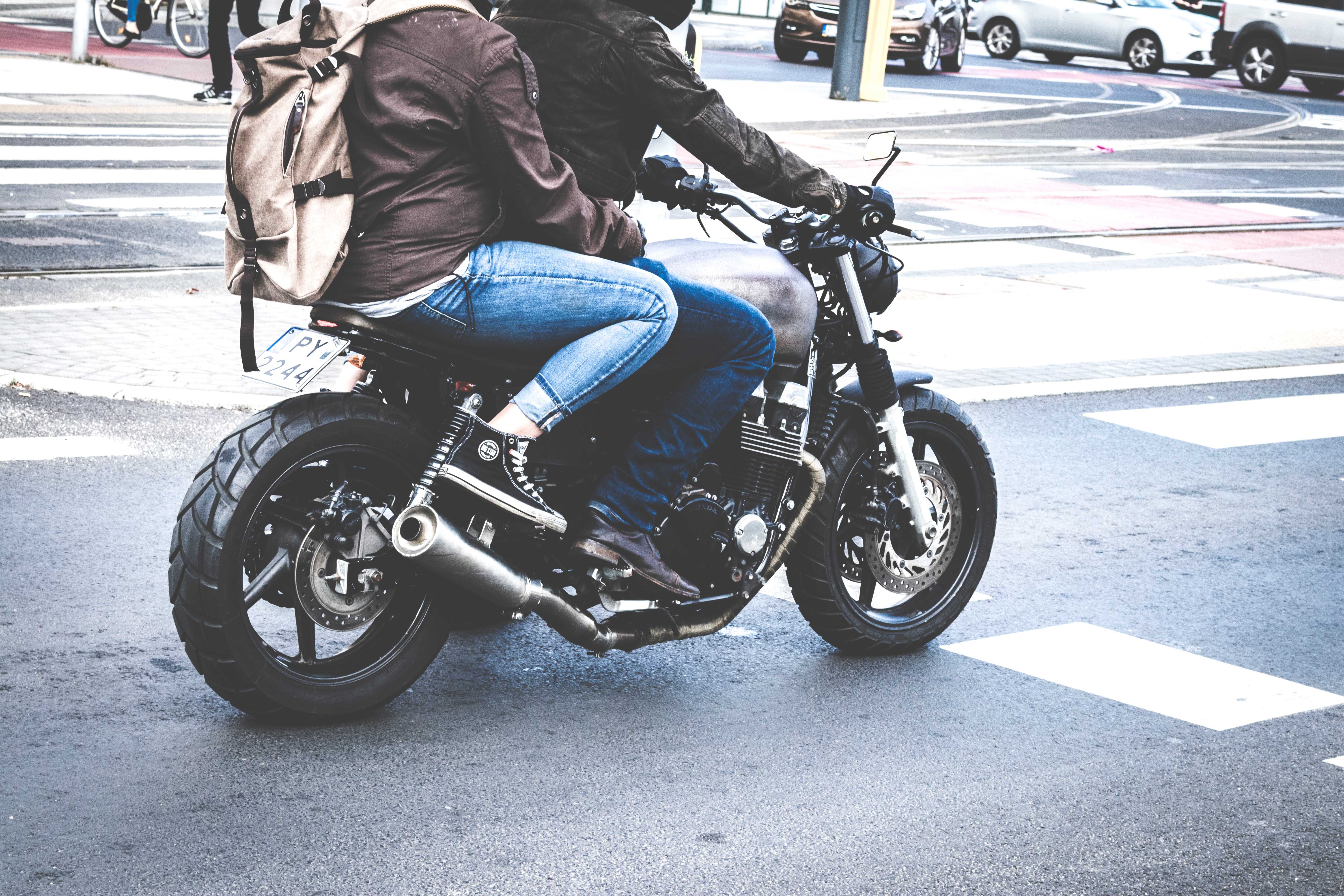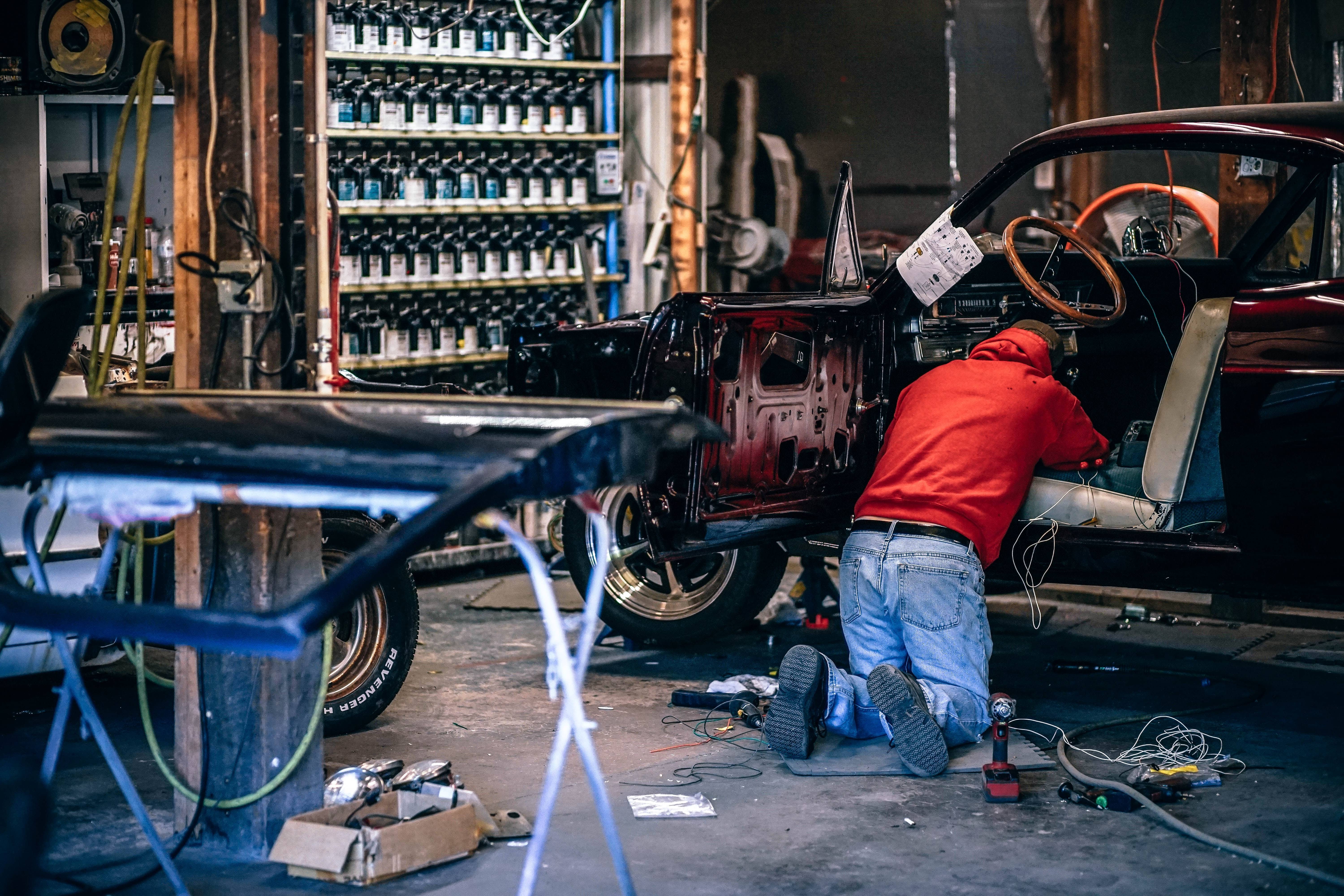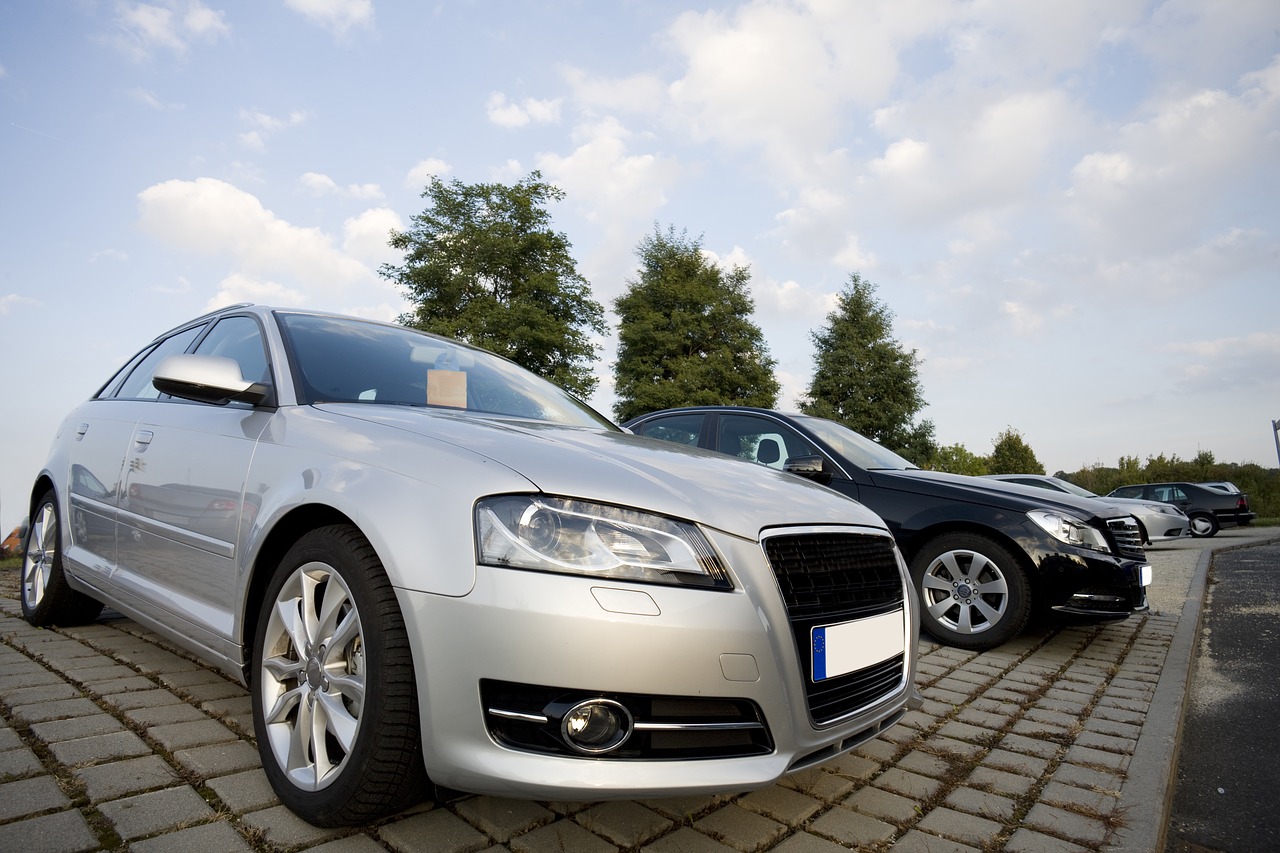Motorcycles first appeared in 1894, Hildebrand & Wolfmuller was the first company to produce these machines on a bigger scale. First bikes weren’t as impressive as you might think, so before you overemphasize and let yourself get carried away, I will shatter any false visions. Imagine a large bicycle with a small, cylindrical engine and fuel tank – don’t forget two simply looking handlebars! And that is it! A pretty ordinary looking machine. Thankfully the 19th and 20th century were the eras of constant advancements, motorcycles included. Ever since 2014 Honda, Yamaha and Hero MotoCorp are graded to be the largest global producers of the little, steel ponies. Some even prefer them to cars!
The feelings:
I want you to think about, how you feel when you get on your bike. What thoughts run through your head when the engine comes to life and purrs ever so softly? Do you feel the excitement? And then your body vibrates, in sync with the power coming from the insides on your machine. As you pick up speed, your life has a whole new rhythm and the wind in your hair reminds you, that now you and your shining pony are one. And there is nothing in this world, that could stop you! But hey, what about your riding buddy in the back? And I don’t mean your best friend with hands full of beer from the local liquor store. I’ve prepared a true treat for those, who wonder what do woman feel like when they get on a bike. Surely being the female passenger must feel different.
Daniela and this really good looking guy:
I knew Daniela had a very interesting summer in Brazil, somewhere in the suburbs of Rio, to be more specific – that’s why I decided to ask her about her experience with motorcycles. I guess I was a thrill seeker for a little while. I got bored of my dull life and duties of a daughter, sister, and a student. My aunt and uncle have a chain of souvenir stores in Rio de Janeiro. They promised to take me in for a few months, so I’d see more of the world or something. God knows how she ended up on the streets of Rio, with a bunch of strangers and about to participate in a street motorcycle race. Daniela couldn’t really process what was going on, somebody gave her a leather belt and she was told to let her blond curls loose from her ponytail. I chose to ride with this really a good looking guy, with raven black hair and ice blue, pinning look in his eyes. He shouted something over his shoulder and approached his bike. Maybe he offered her his name. Daniela wasn’t certain what would make her feel more comfortable and not so out of place. The bikes made their way to the race line and she hurryingly grabbed a cool looking helmet from an unattended pile of those safety features. They had no female motorcycle helmets and once I put men’s on, I could barely see a thing. So I took it off and mindlessly placed it on my hip. Her biker finally stopped playing around with his machine and gave her a funny look – ‘You know we need to sit back to back, si?’ I was excited and utterly terrified at the same time -she recalls as we sit in my living room with warm socks on our feet and large mugs of hot cocoa. And the wind outside picks up, we can hear it howl somewhere in the attic. It’s warm in the house but for some odd reason we both shiver – probably for two distant reasons.
Illegal street racing:
When the time came, Daniela wrapped the belt around herself and offered the side with the buckle to the handsome guy. Some viewer, a small girl with red stockings and a pair of heavy looking boots – surely no older the Daniela – ran it their direction pointing at whatever my dear friend had with her. Once Red Stockings got closer, she shouted something in Spanish. Darn, I should have paid attention in class! At that moment I had no idea what to say. Before my friend started panicking about her inability to speak Spanish, the girl pointed at the helmet and said ‘Casco, no.’ – and took it from her hands with a toothy grin. And then they unexpectedly took off. All Daniela could hear was her own screams, she shut her eyelids closed and as they picked up speed the chilly night air hit her face. I swear, all I could hear was the roaring engine and the cheering crowds. She has never ridden a motorcycle, let alone back to back in a most likely illegal street race! Daniela squeezed her hands tighter around the guy’s waist and waited for it to end. There were 5 labs in the opening race and she remained in that uncomfortable position. We got off the bikes for a ten-minute break, I was shaking like crazy and blood pulsed in my ears. But something made me go again, and again, and again. Daniela was a passenger on a street race motorcycle every week, for a few months during her time in Brazil.
The Need for Speed:
What attracts these people to do such crazy things? I will never know because speed makes me nervous. I enjoyed Daniela’s story and hopefully, you did too! But remember, we are only people – really fragile beings and sometimes we do before we think. So don’t go experimenting with motorcycles and speed in a street race the first time you try. If your a biker with greater experience, please remember that there is something like adrenaline addiction – and this is a dangerous thing to be hooked on. Helmets up, speedometers down and be careful! If you really want to woo your girl with the help of your steel pony take her for a ride, not a race – stargazing and dinner recommended.
Read Also:






















